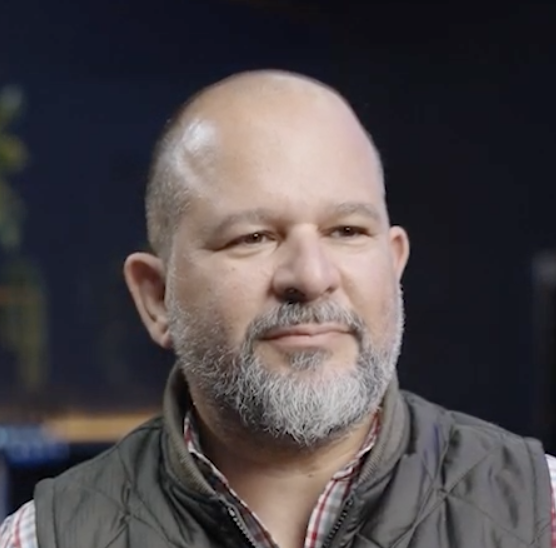
How Software Engineers and Students Use AI to Move Faster than Ever (without breaking things)
Full DevOps.com article here
Key takeaways:
- Be AI-native: design products and curricula around AI from day one.
- Guard the reasoning loop while exploiting automation.
- Agentic tools compress SDLC toil; humans own architecture & judgment.
- Adaptation > fear: skills shift, opportunity expands.
Tech, startups & the big picture
Subscribe for sharp takes on innovation, markets, and the forces shaping our future.
NEWS, BLOGS & ARTICLES
Let's keep in touch
We're heads down building & growing. Learn what's new and our latest updates.

In an era where speed often eclipses substance, Headlamp stands apart by building with patience, empathy, and precision. Founded by Erwin Estigarribia and Manaswini Sugatoor, the company tackles one of healthcare’s hardest challenges — uniting fragmented behavioral and biological data to serve patients with greater clarity and trust.

